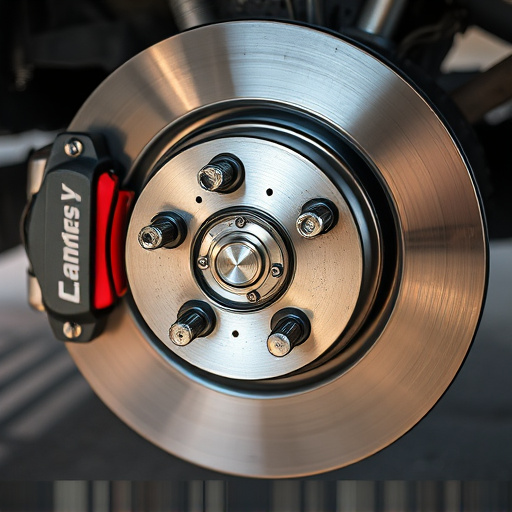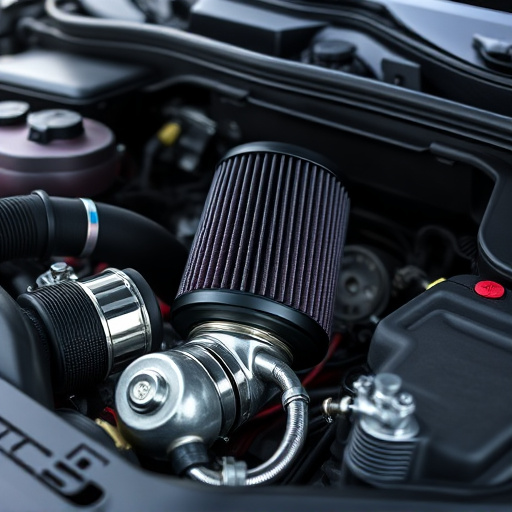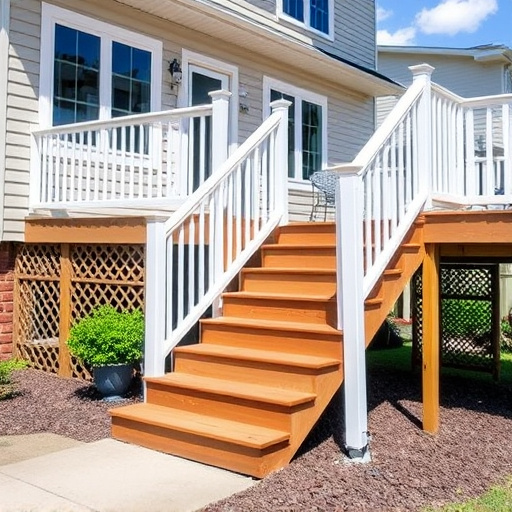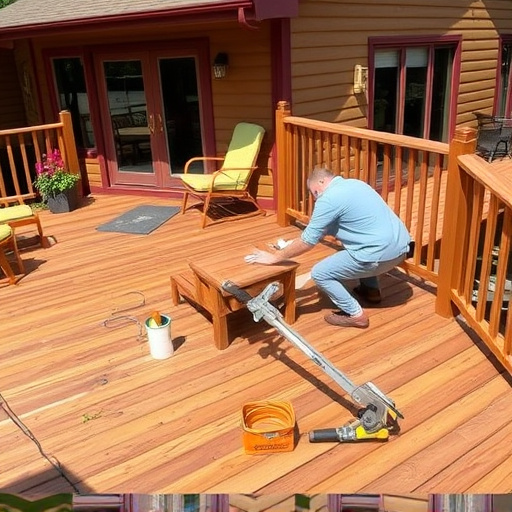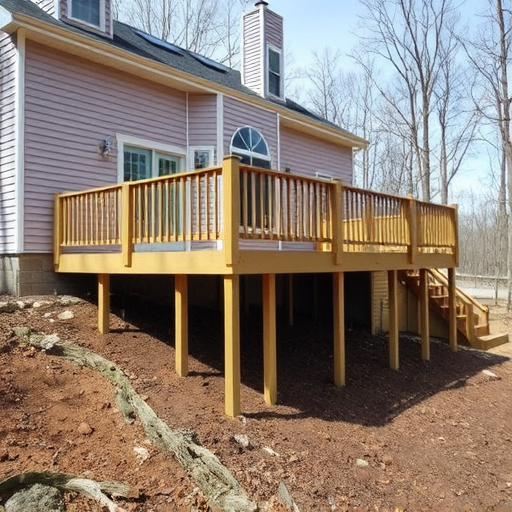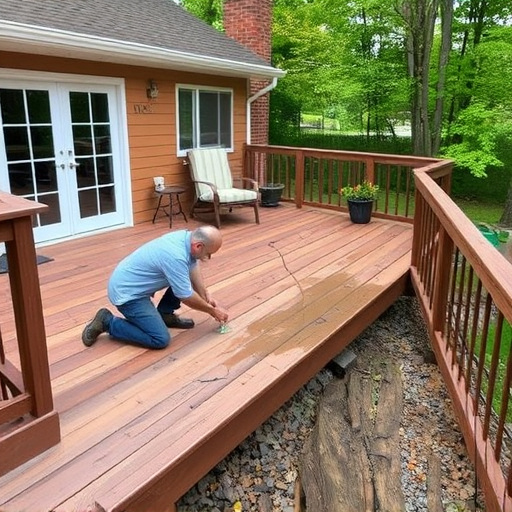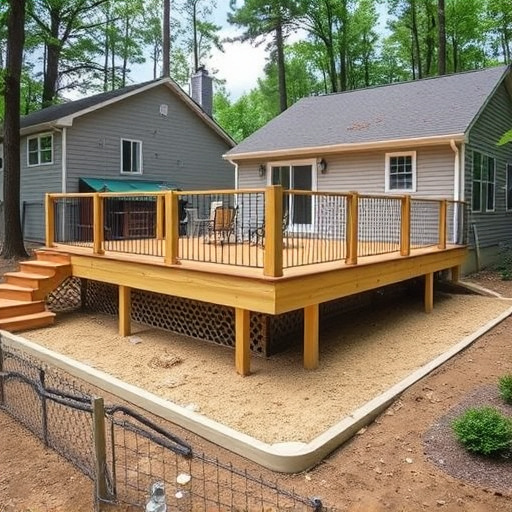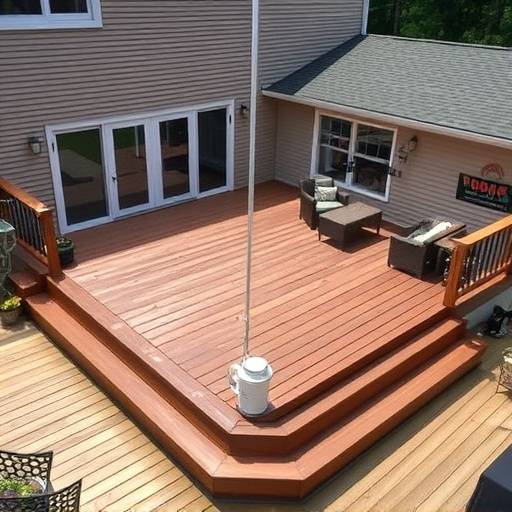Decks, whether composite, wood, or PVC, require distinct care routines. Composite decks are low-maintenance, durable, and resistant to rot, mold, and insects. Wood needs regular cleaning, sealing, and refinishing for a natural look but is more susceptible to wear and tear. PVC offers minimal upkeep, durability, and resistance to warping, rot, and pests, making it an economical choice. Proper deck maintenance based on material type extends lifespan, preserves aesthetics, and ensures structural integrity. Homeowners considering outdoor spaces should factor these unique material characteristics into deck design and maintenance plans.
Maintaining a deck is essential for ensuring its longevity and aesthetic appeal. This comprehensive guide delves into the art of deck maintenance, focusing on composite, wood, and PVC materials. Understanding the unique characteristics and benefits of each material is key to effective care. From regular cleaning routines and seasonal inspections to troubleshooting common issues, this article equips you with the knowledge to maintain your deck seamlessly. Discover expert tips for keeping your outdoor space in top condition with minimal effort.
- Understanding Deck Materials: Composite, Wood, and PVC
- – Differences between composite, wood, and PVC decks
- – Benefits and maintenance considerations for each material
Understanding Deck Materials: Composite, Wood, and PVC
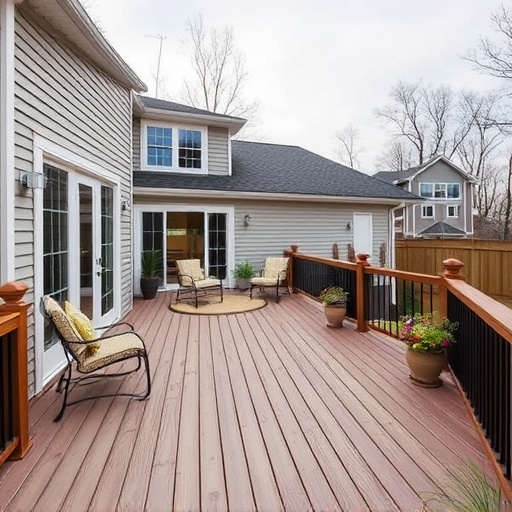
Decks are a beloved feature in many homes, providing outdoor living spaces for relaxation and entertainment. When it comes to deck maintenance, understanding the unique characteristics and requirements of different materials is essential. Composite, wood, and PVC are three prevalent choices for deck construction, each with its own set of benefits and care needs.
Composite materials, often made from a mix of plastic and wood fibers, offer durability and low maintenance. They resist rot, decay, and pest damage, eliminating the need for frequent treatments like staining or sealing. Wood decks, though requiring more upkeep, add natural beauty and warmth to homes. Properly treated wood can last for decades, but regular cleaning, sealing, and refinishing are necessary to protect it from elements that cause fading, cracking, and rot. PVC decking, made from synthetic materials, is known for its low maintenance and durability. It won’t warp, rot, or attract pests, needing only occasional cleaning and minimal care compared to wood or composite options. Knowing these material distinctions ensures effective deck maintenance tailored to each specific type, enhancing the longevity and aesthetic appeal of your outdoor living space.
– Differences between composite, wood, and PVC decks
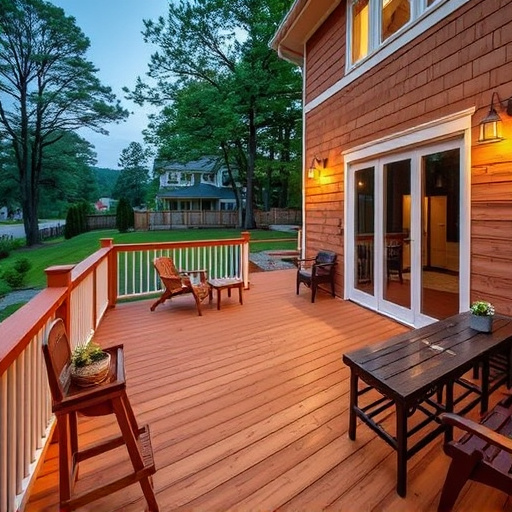
When it comes to deck maintenance, understanding the unique characteristics of each material is key. Composite decks offer a low-maintenance option known for its durability and resistance to rot and warping. This makes cleaning and repairs relatively simple, often involving little more than routine sweeping and occasional stain removal. Wood decks, while requiring more care, add a natural aesthetic to homes, but demand regular treatment with sealers and stains to protect against the elements. PVC decks, on the other hand, are known for their low maintenance and durability, as well as their resistance to rot, mold, and pests. Similar to composites, PVC requires minimal upkeep, focusing mainly on routine cleaning and occasional re-coating.
Each material brings its own set of benefits and considerations when it comes to deck maintenance. Homeowners with residential roofing or siding installation in mind should keep these differences in mind, as the choice of deck material can influence overall home service solutions and long-term investment. Whether you prefer the natural look of wood, the low-maintenance appeal of composite or PVC, proper care will ensure your deck remains a stunning feature for years to come.
– Benefits and maintenance considerations for each material
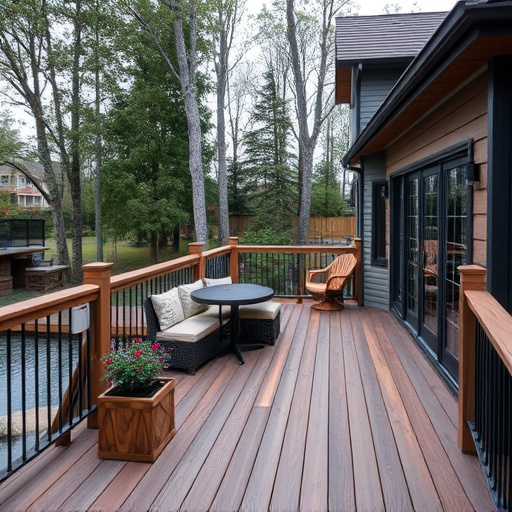
Composite decks offer a low-maintenance option for homeowners, which is a significant advantage over wood and PVC. This durability translates to less frequent deck maintenance, saving time and money in the long run. A composite deck’s resistance to rot, mold, and insects means these materials require minimal cleaning and no painting or staining. However, it’s essential to regularly inspect for loose joints or boards to ensure structural integrity.
Wood decks are classic and aesthetically pleasing but demand more upkeep. Regular cleaning, sealing, and staining are necessary to protect the wood from water damage, UV rays, and insect infestations. While this requires more effort than composite materials, proper care can extend the life of a wood deck. In contrast, PVC decks are known for their longevity and low maintenance needs, especially when compared to wood. They don’t require painting or sealing but may need occasional cleaning and the replacement of individual boards over time. Commercial roofing and siding professionals often recommend PVC as a durable and cost-effective option for both residential and commercial properties, offering a wide range of styling possibilities.
When it comes to deck maintenance, choosing the right material is key. Composite, wood, and PVC each offer unique advantages, from durability to low-maintenance requirements. By understanding the specific needs of each material, you can ensure your deck remains a stunning and functional outdoor space for years to come. Regular cleaning, inspection, and prompt repair are essential practices for all types of decks, allowing you to maximize their lifespan and beauty. Implement these maintenance tips, and your deck will be the envy of the neighborhood, regardless of its composition.





